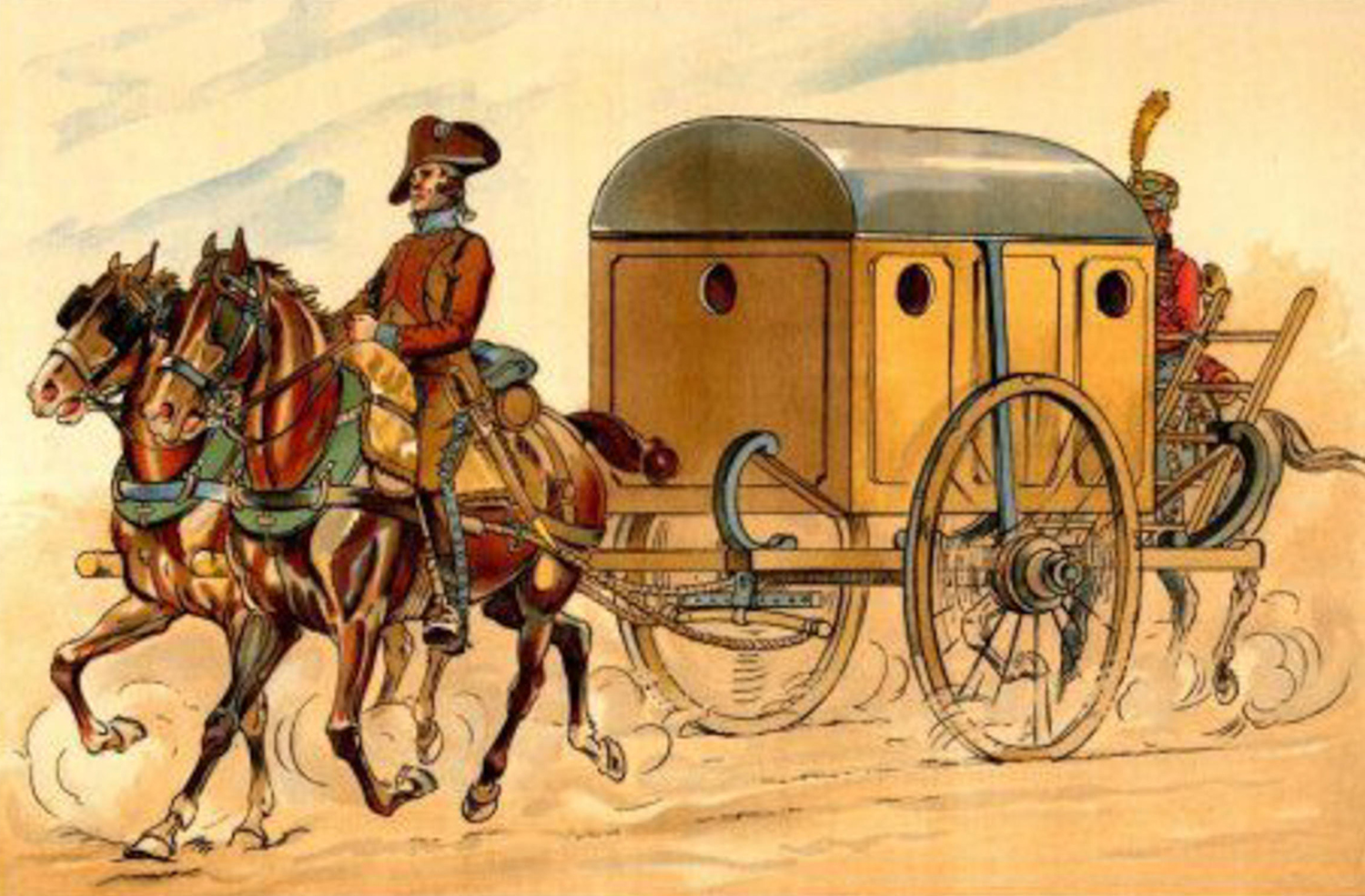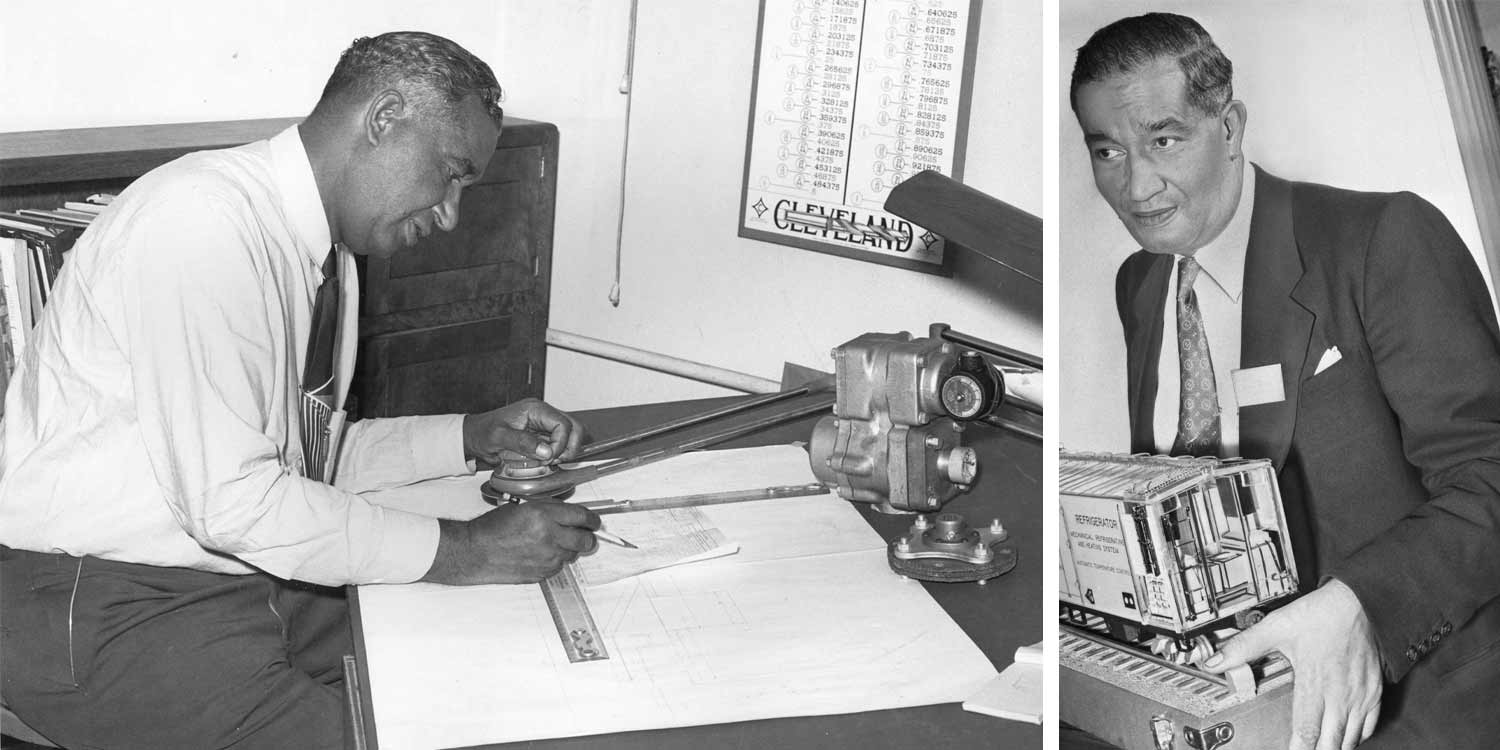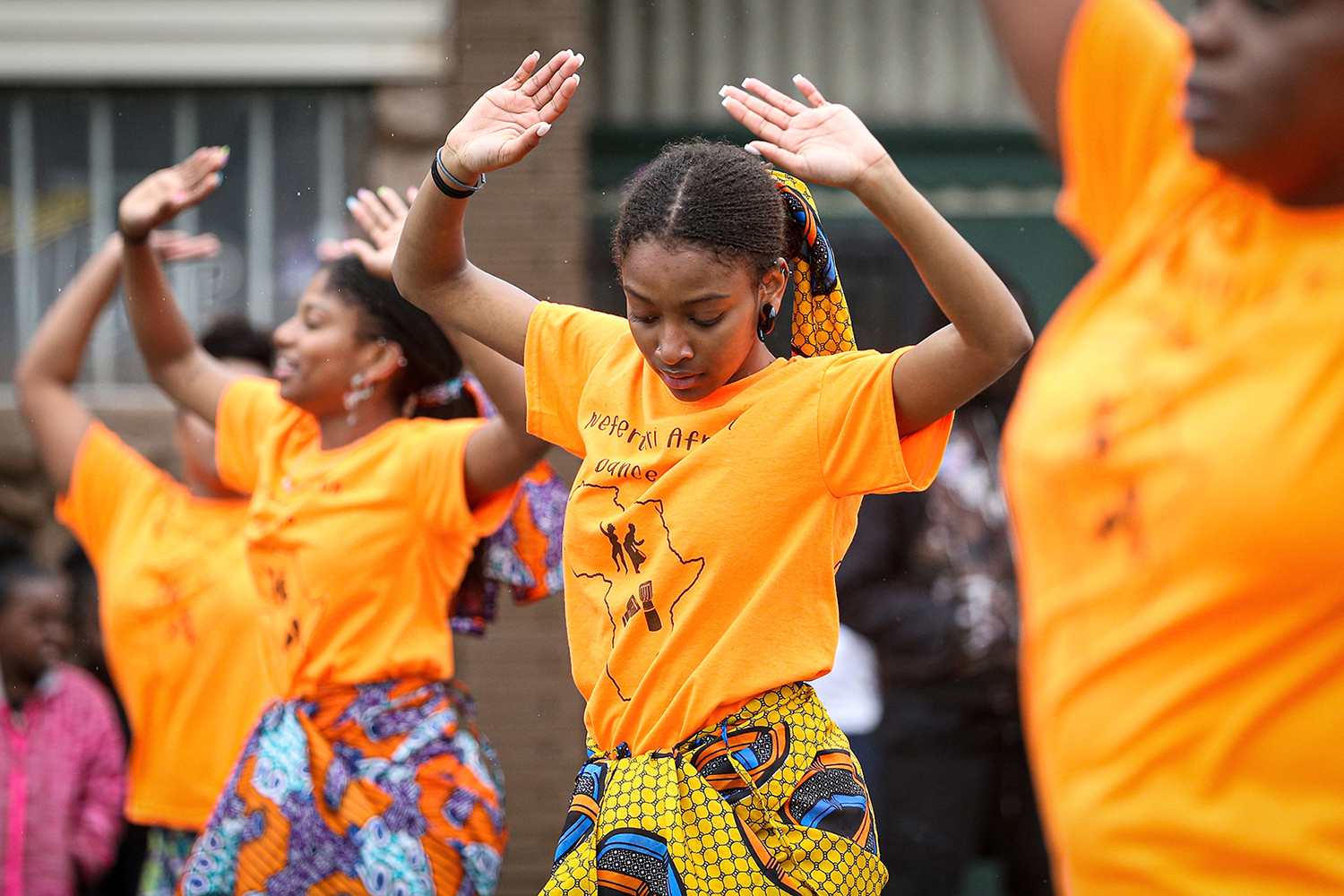Trailblazing EMTs
A Black paramedic training program in 1970s Pittsburgh set the standards for modern emergency response in the United States.
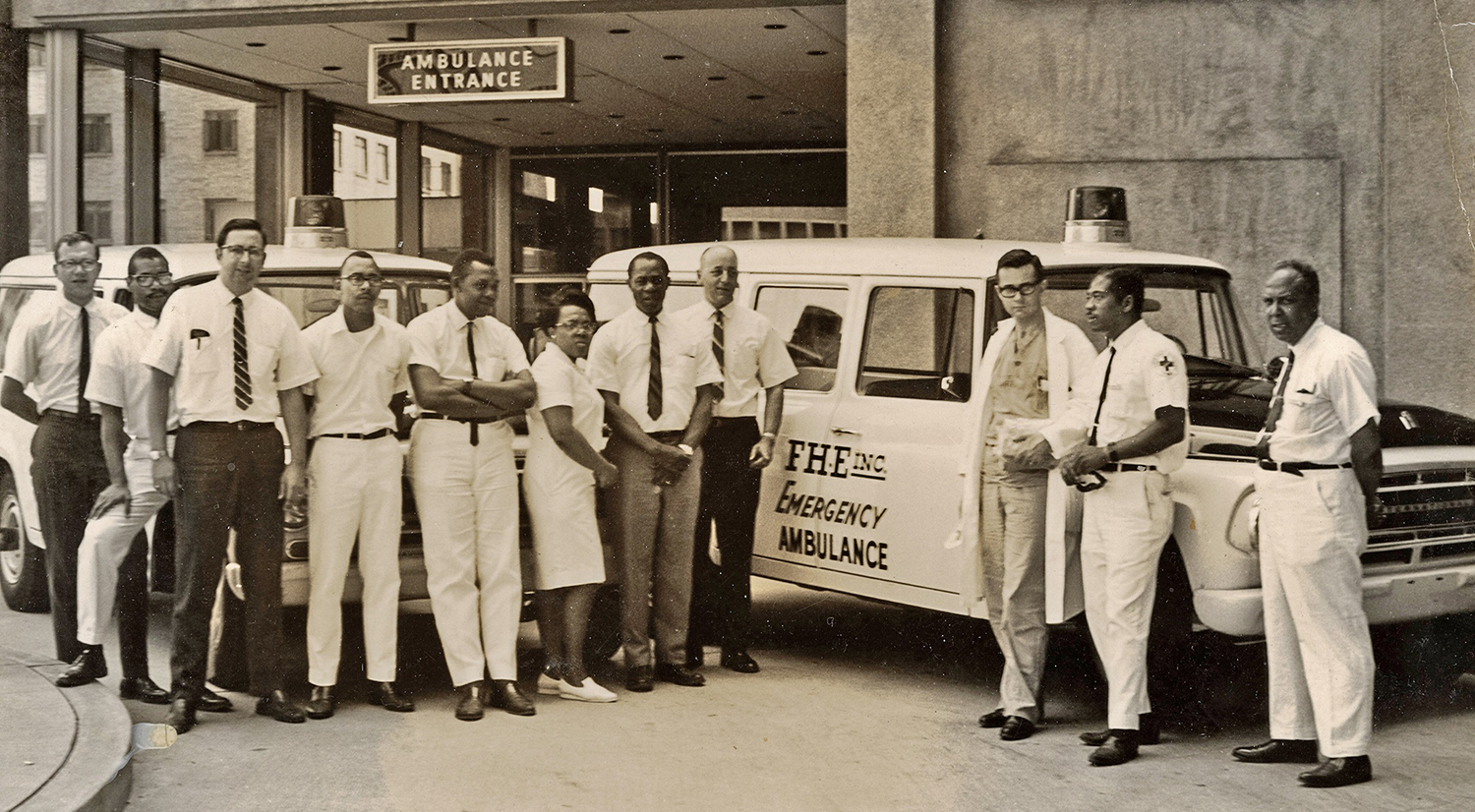
Caliguiri and Curto Family Papers and Photographs, 2019.0215, Detre Library and Archives, Senator John Heinz History Center; © Gene Starzenski/Freedom House Street Saviors documentary
This photo was taken in Pittsburgh on June 16, 1968, the first day of the Freedom House Ambulance Service. Both photos in this article were featured in a 2009 documentary called Freedom House: Street Saviors.
Prior to the 1970s, ambulances weren’t the standard for transporting sick or injured people to hospitals. Police cars, or even hearses—cars used to transport coffins during funerals—would help in an emergency, but the patients would not receive treatment on the way. As a result, many people died on the way to the nearest hospital.
The situation was even worse in the Hill District, a predominantly Black neighborhood in Pittsburgh, Pennsylvania. The city’s police force frequently ignored or delayed calls for emergency transportation to the hospital, leaving Black patients without swift care. So in the 1960s, the community decided to start an ambulance service. Called the Freedom House Ambulance Service, it was the first emergency medical service (EMS) in the United States.
In 1967, a nonprofit organization called Freedom House Enterprises partnered with the hospital to create a paramedic training course and ambulance service to respond to emergencies in the Hill District. The program had five ambulances and recruited new emergency responders to take an eight-month course where they learned how to provide life-saving care on the way to the hospital.
It’s estimated that in Freedom House’s first year of service, the paramedics transported more than 4,600 patients and saved about 200 lives, according to data from Peter Safar, the Pittsburgh doctor who designed the training program.
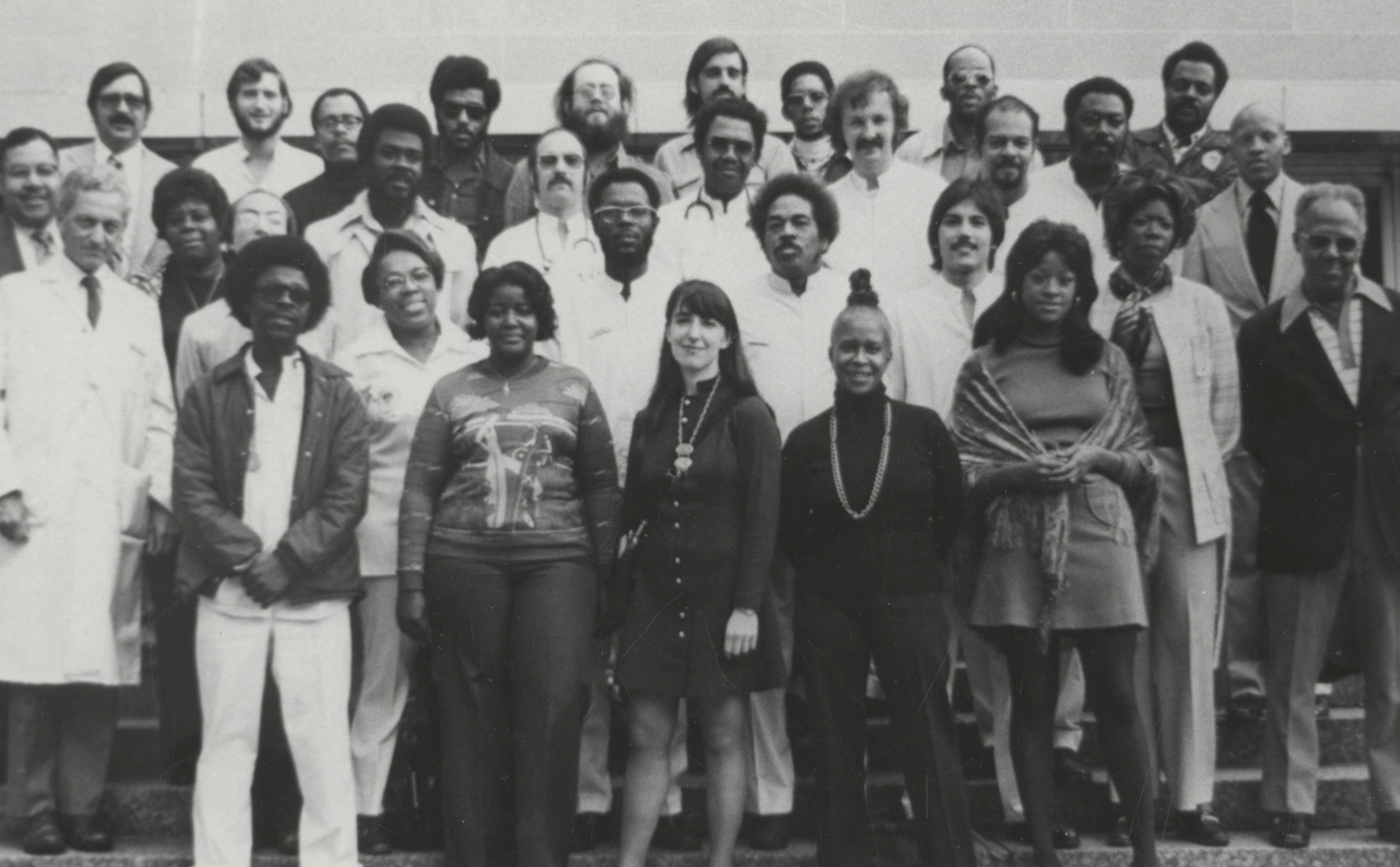
Maurice Falk Medical Fund Records, MSS 207, Detre Library and Archives, Senator John Heinz History Center; © Gene Starzenski/Freedom House Street Saviors Documentary
This 1970s photo features the employees of the Freedom House Ambulance Service.
The Freedom House paramedics provided much-needed medical care and built trust with the residents of the Hill District.
“Oftentimes, when a person would call for assistance, they would say, ‘Don’t send the police, send Freedom House,’” said John Moon, one of the Freedom House paramedics, in an interview with NPR.
The Freedom House Ambulance Service ended in 1975 because the city cut funding for the program, saying it would be part of a larger EMS department. Many of the trained Black paramedics, despite being trailblazers in the field, were forced out of the new, mostly white EMS program.
Though it lasted only a few years, the Freedom House service innovated the field of emergency care in the U.S. The program produced leaders in emergency medicine, like Moon, who went on to become the assistant chief of the EMS division in Pittsburgh. Freedom House’s medical director, Nancy Caroline, wrote the first national curriculum on emergency street medicine for the U.S. Department of Transportation.
Ronald Stewart, a medical director for Pittsburgh’s Public Safety department in the 1970s, told NPR, “They were the first true paramedic program in the world.”
